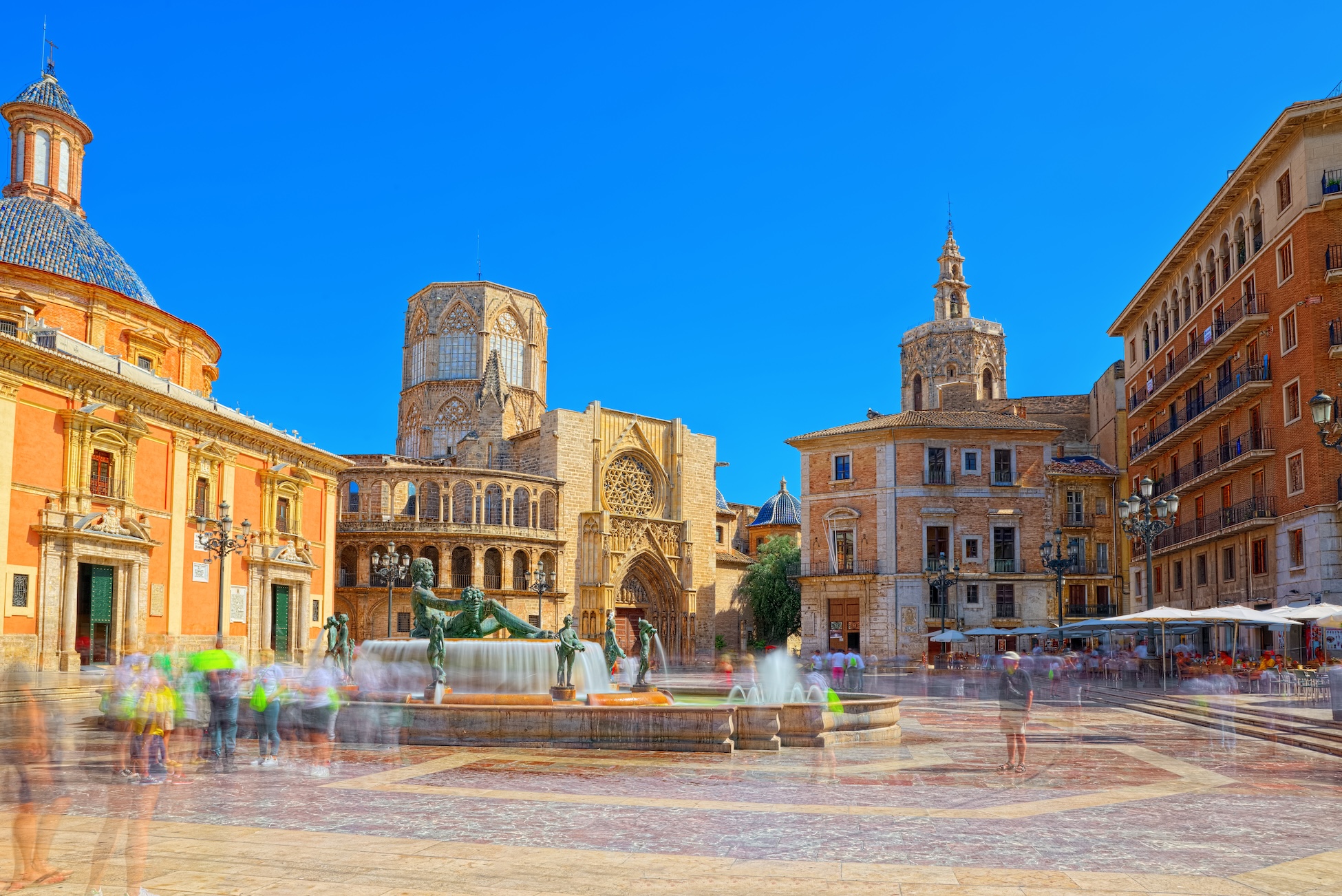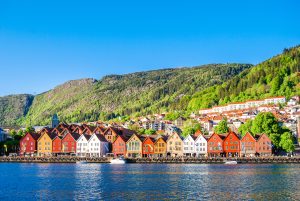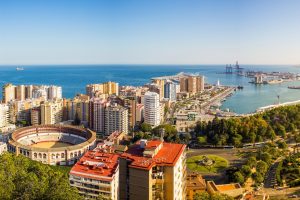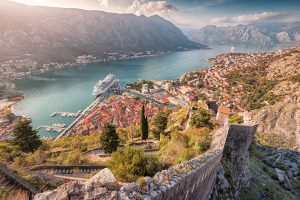Valencia – Spain’s third-largest city – combines tradition, modernity, and Mediterranean ease in an impressive way. Between futuristic buildings, historic squares, and an endless urban beach, Valencia offers a kaleidoscope of impressions that can hardly be captured in just one visit. Whether culture, cuisine, or coastal flair – everyone will find something to enjoy here.
Top Attractions in Valencia
Ciudad de las Artes y las Ciencias
The “City of Arts and Sciences” is Valencia’s architectural showpiece. The futuristic ensemble by Santiago Calatrava impresses with the largest oceanarium in Europe, a planetarium, and interactive exhibitions. The white, curved buildings look as though they came straight out of a sci-fi movie set and form a striking contrast to the old town.
Fun Fact: Parts of the futuristic complex were used as a filming location for the Disney movie “Tomorrowland”.
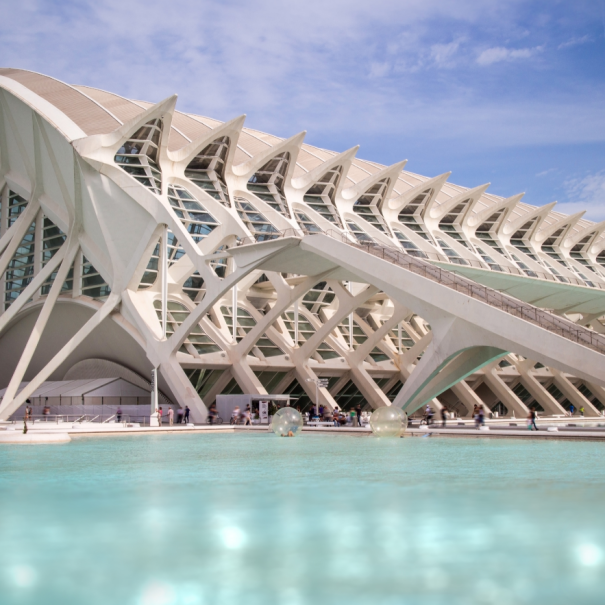
Valencia Cathedral & the Holy Grail
In the heart of the old town rises Valencia Cathedral, blending architectural styles from Gothic to Baroque. It is especially famous for the chalice believed to be the Holy Grail. Is it authentic? Well, historians disagree – but it attracts thousands of curious visitors each year. Those wanting to climb higher can ascend the Miguelete Tower for a magnificent view over the rooftops.
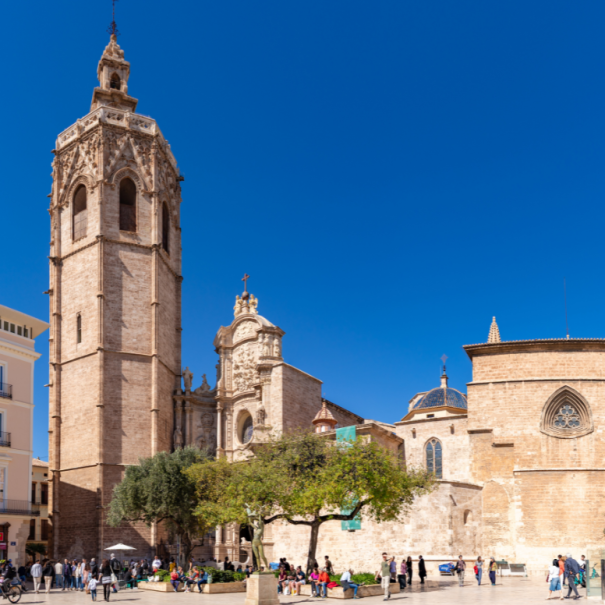
Plaza de la Virgen
This square is considered the heart of Valencia, surrounded by impressive buildings such as the Cathedral, the Basilica de la Virgen, and the Palace of the Generalitat. During the day, street performers and tourists gather here, while in the evening the square transforms into a lively open-air living room. A perfect spot to linger and soak up the Mediterranean lifestyle.
Lonja de la Seda (Silk Exchange)
The Silk Exchange, a UNESCO World Heritage Site, is a masterpiece of late Gothic architecture. Once built as a trading center, the building impresses with ornate columned halls and detailed decorations. The “Sala de Contratación” in particular feels like a cathedral of commerce – a true highlight for architecture enthusiasts.
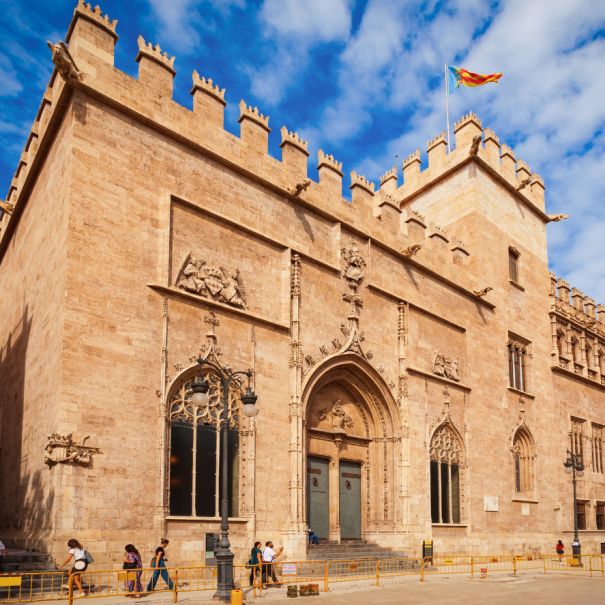
Jardín del Turia
The Turia Garden is one of the largest urban green spaces in Europe, stretching for several kilometers through the city. Where a river once flowed, today joggers, cyclists, and walkers explore the park. Playgrounds, sports facilities, and idyllic bridges make it a vibrant artery of Valencia.
Fun Fact: After a major flood in 1957, the river was diverted – and in its place this park was created.
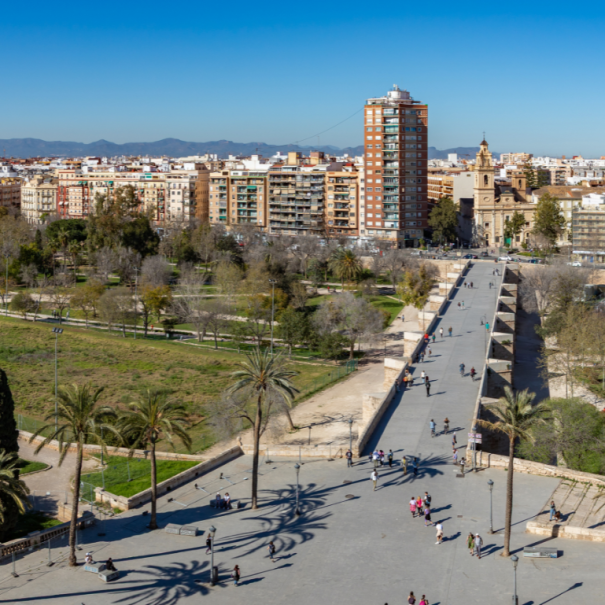
Mercado Central
With over 1,000 stalls, the Central Market is one of the largest covered food markets in Europe. Beneath the imposing Art Nouveau dome, colorful piles of fruit, fresh seafood, and tempting tapas await food lovers. Anyone entering on an empty stomach is sure to leave with full bags.
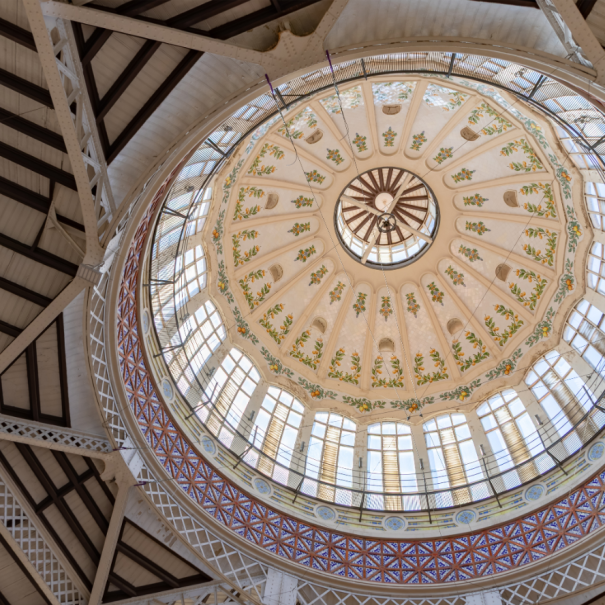
Best Scenic Viewpoints
Miguelete Tower
Located right at the Cathedral, the climb up narrow spiral staircases rewards visitors with a breathtaking panoramic view of the old town. From the top, the sea sparkles on the horizon, making it clear why Valencia is the perfect blend of city and beach. With its 207 steps, the climb is sweaty but definitely worthwhile – especially at sunset.
Torres de Serranos
Once part of the medieval city wall, the Serranos Towers are a landmark of Valencia. Visitors can climb the towers and enjoy a wonderful view over the old town. They even served as a prison in the past – today they’re a popular lookout point. The view is especially beautiful during the Fallas festival when colorful parades pass by the towers.
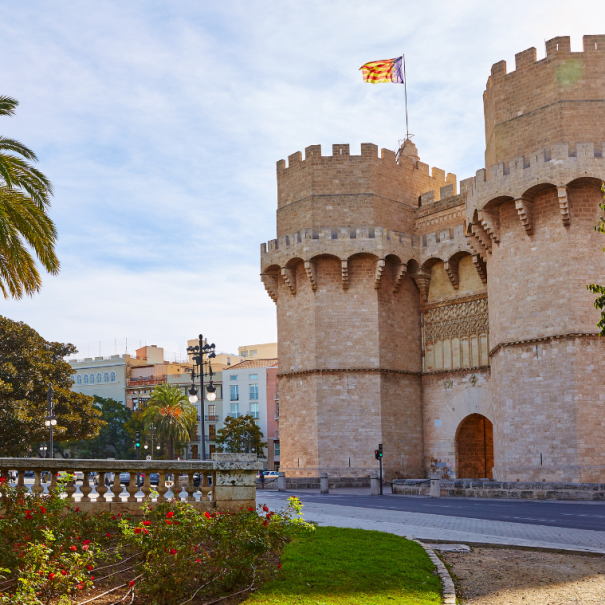
Culinary Highlights For Food Lovers
Casa Carmela
For over 100 years, traditional paella has been prepared here in a wood-fired oven. Located right on the beach, the restaurant is an institution for anyone wanting to experience the true taste of Valencia. Casa Carmela is particularly famous for its cozy, family-like atmosphere, where paella is still served in cast-iron pans at the table.
Mercado de Colón
In an elegant Art Nouveau hall from the early 20th century, visitors today find cafés, bars, and delicatessen shops. Whether a quick breakfast or a glass of cava in the evening – this place radiates Mediterranean joie de vivre. In addition to culinary offerings, cultural events and small markets are held regularly, making each visit even more varied.
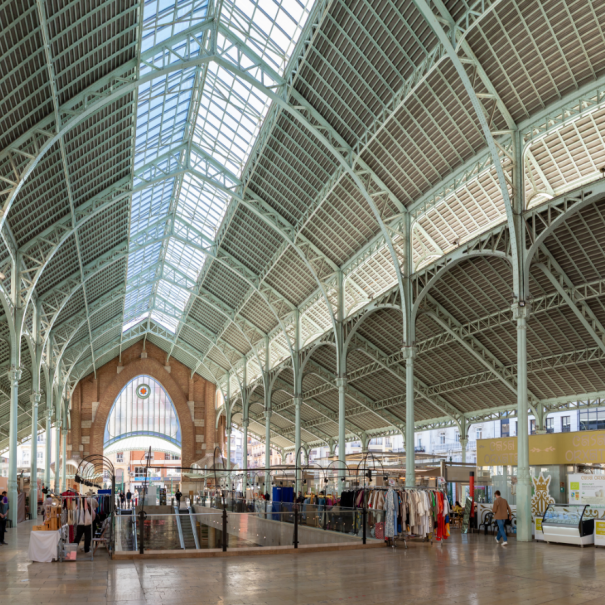
La Pepica
A classic at Malvarrosa Beach. Even Ernest Hemingway raved about the paella here – and he certainly knew how to eat and drink well. La Pepica offers not only paella but also a wide variety of fish and seafood dishes, freshly caught and served at the table.
Insider Tips & Hidden Gems
El Carmen District
A labyrinth of narrow alleys, colorful graffiti, and small bars: El Carmen is Valencia’s creative soul. Away from the main sights, visitors discover street art, alternative cafés, and a young, lively atmosphere. At night, the district becomes a hotspot of nightlife – from cozy tapas bars to trendy clubs.
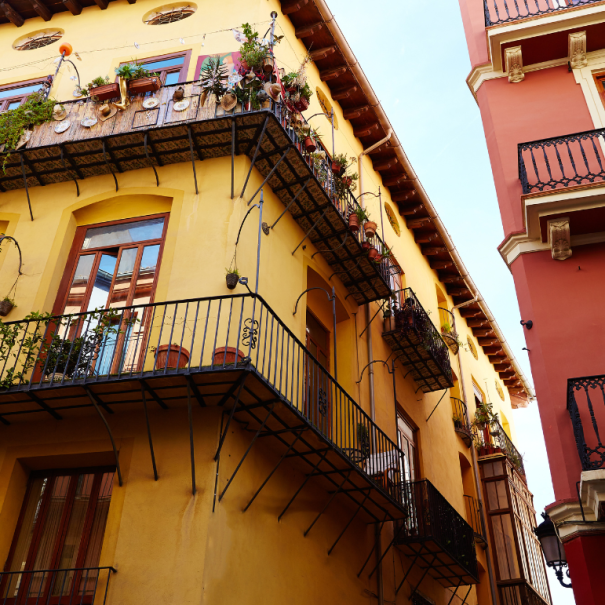
Jardines de Monforte
A hidden garden jewel filled with neoclassical statues, fountains, and romantic corners. Perfect for a quiet break – or a picnic in the green. The park is relatively small but very well maintained and is considered one of the most romantic places in Valencia – ideal for couples.
Playa de Patacona
Less well-known than the central beaches but very popular with locals. With chilled-out beach bars and a relaxed atmosphere, it’s an alternative to the touristy Malvarrosa. The sunset here is particularly loved – with a cocktail in hand and feet in the sand.
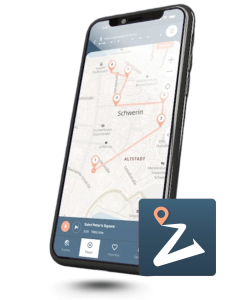
Discover 70+ cities worldwide with professional audio guides – and counting! Thanks to integrated navigation, you’ll easily find your way, even without an internet connection. Whether it’s
Museums for Culture and History Enthusiasts
Museo de Bellas Artes
The Fine Arts Museum houses works by Goya, Velázquez, and El Greco. In addition to these big names, there are also fascinating regional artists. A highlight for all art lovers. Particularly worth seeing are the collections of medieval artworks, which provide insight into Spain’s religious art history.
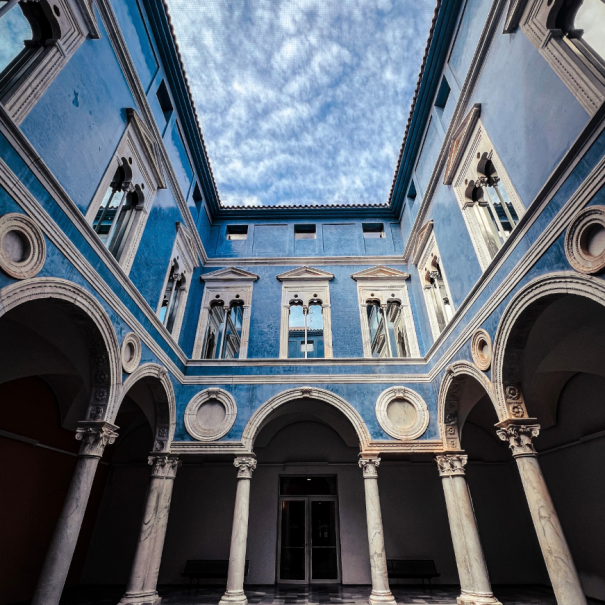
Museo Fallero
Here the history of the famous Fallas festival comes to life. Selected figures, the “Ninots,” are saved each year while the rest are burned – here they survive for posterity. In addition to the figures, there are also exciting exhibitions on the tradition, history, and creation of this unique festival.
Fun Fact: Each year, the public votes democratically on which figure will be preserved in the museum.
IVAM – Institut Valencià d’Art Modern
The IVAM is Valencia’s center for contemporary art. With changing exhibitions, installations, and international artists, it is considered one of Spain’s most important museums for modern art. In addition to temporary exhibitions, the IVAM also offers a significant collection of modern classics, including works by Julio González and Nacho Criado.
Shopping & Souvenirs
Those in the mood for shopping won’t be disappointed in Valencia. The elegant boulevard Calle Colón is the shopping heart with international brands. For traditional souvenirs, a visit to the Alpargaterías is worthwhile – here you’ll find the typical espadrilles. Another special souvenir is Agua de Valencia, a sparkling orange-based cocktail available in beautifully bottled form. Handicrafts, ceramics from Manises, or regional sweets like turrón are also popular gifts.
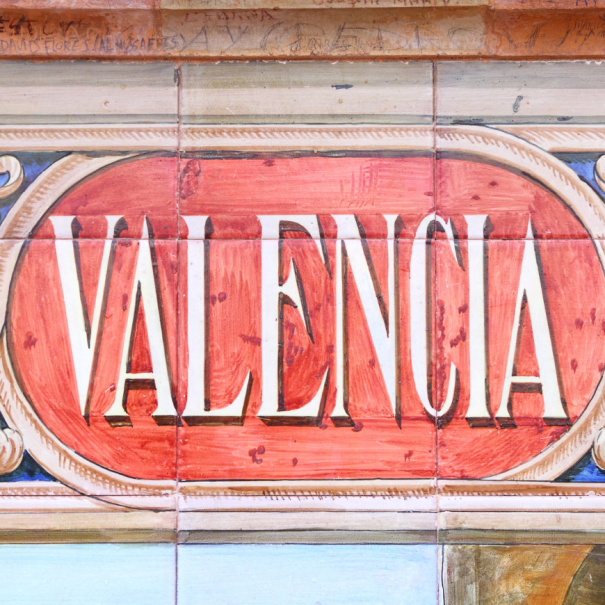
Tips for Cruise Passengers
Many cruise ships dock at the Port of Valencia, just a few kilometers from the city center. Shuttle buses and taxis take visitors conveniently to the old town. For more flexibility, car rentals are available directly at the port. Alternatively, a bike ride through the Turia Park into the city center is a great option. Especially practical: from the port, bus connections also run directly to top attractions such as the Ciudad de las Artes y las Ciencias.
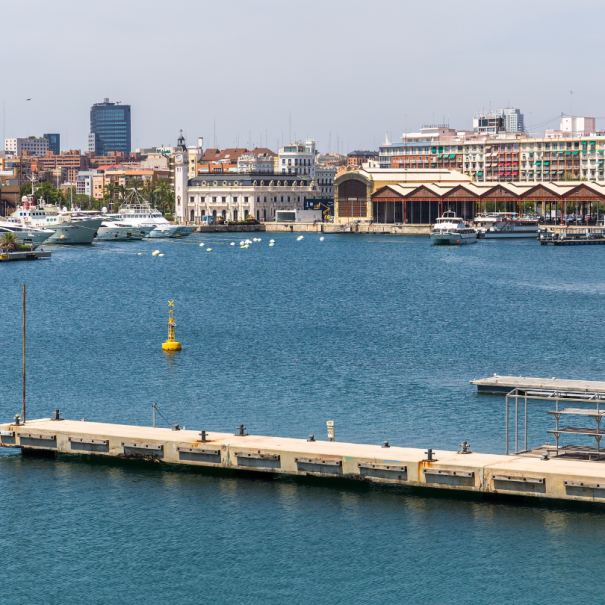
Tips for Solo Travelers
Valencia is a safe and friendly city, ideal for solo travelers. The public transport system with metro, buses, and trams is well developed. Anyone with questions will find helpful advice at the tourist information office on Plaza del Ayuntamiento. In the evenings, tapas bars and hostels provide great opportunities to make quick connections.
Conclusion
Valencia is a city full of contrasts: futuristic architecture meets medieval squares, lively markets meet tranquil gardens, endless beaches meet narrow alleys. Whether culture lover, foodie, or beach fan – everyone finds something to enjoy here. And anyone who has ever sat on Plaza de la Virgen in the evening sun with a glass of Agua de Valencia knows: this city is not easily forgotten. It’s no surprise that Valencia regularly ranks among Europe’s most livable cities. A destination that never ceases to surprise – and enchant.
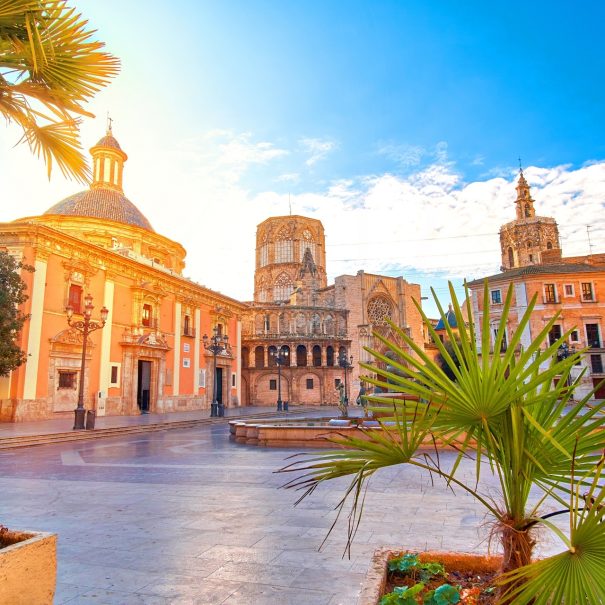
FAQs:
1. Which neighborhoods are worth visiting beyond the old town (Ciutat Vella)?
For the creative and culinary scene: Ruzafa (boutiques, brunch, bars). For street art and a student vibe: Benimaclet. Maritime flair awaits in Cabanyal with its colorful fishermen’s houses and proximity to the beach. Those seeking architecture and tranquility can stroll through Eixample, with its elegant façades and wide boulevards.
2. Where can you eat a truly good paella, and how do you avoid tourist traps?
The traditional Paella Valenciana is classically prepared with chicken, rabbit, and beans (no seafood). Good restaurants cook it fresh at lunchtime only, in large pans, and it takes time (at least 30–40 minutes). A sign of quality: only a few paella varieties on the menu. For a particularly authentic experience, it’s worth making a trip to El Palmar at Lake Albufera.
3. Valencia Tourist Card or single tickets – which is the better option?
Use the Tourist Card if you plan to take several trips per day (metro/tram/bus) and visit a few museums/attractions – some admissions are discounted or even included. If you don’t use public transport much, single tickets or multi-ride passes (contactless payment available) are sufficient. For the airport transfer, a time-based ticket is often convenient.
4. When is the best time to visit – and what’s the story with “Las Fallas”?
Pleasant times to visit are spring and autumn (mild, less crowded). Summer brings beach weather but also heat and crowds. Around mid-March, the Fallas transform the city into a festival of art figures, music, and fireworks – spectacular, but bustling. Those who prefer it quieter should plan their trip before or after.
5. Beach or nature: what can you easily reach without a car?
The city beaches Malvarrosa and Patacona can be reached by tram or bus in 15–30 minutes. For nature and sunsets, head to the Albufera Natural Park. Within the city, the Jardí del Túria – the green ribbon in the former riverbed – offers 9 km of parkland for cycling, jogging, and picnicking.

